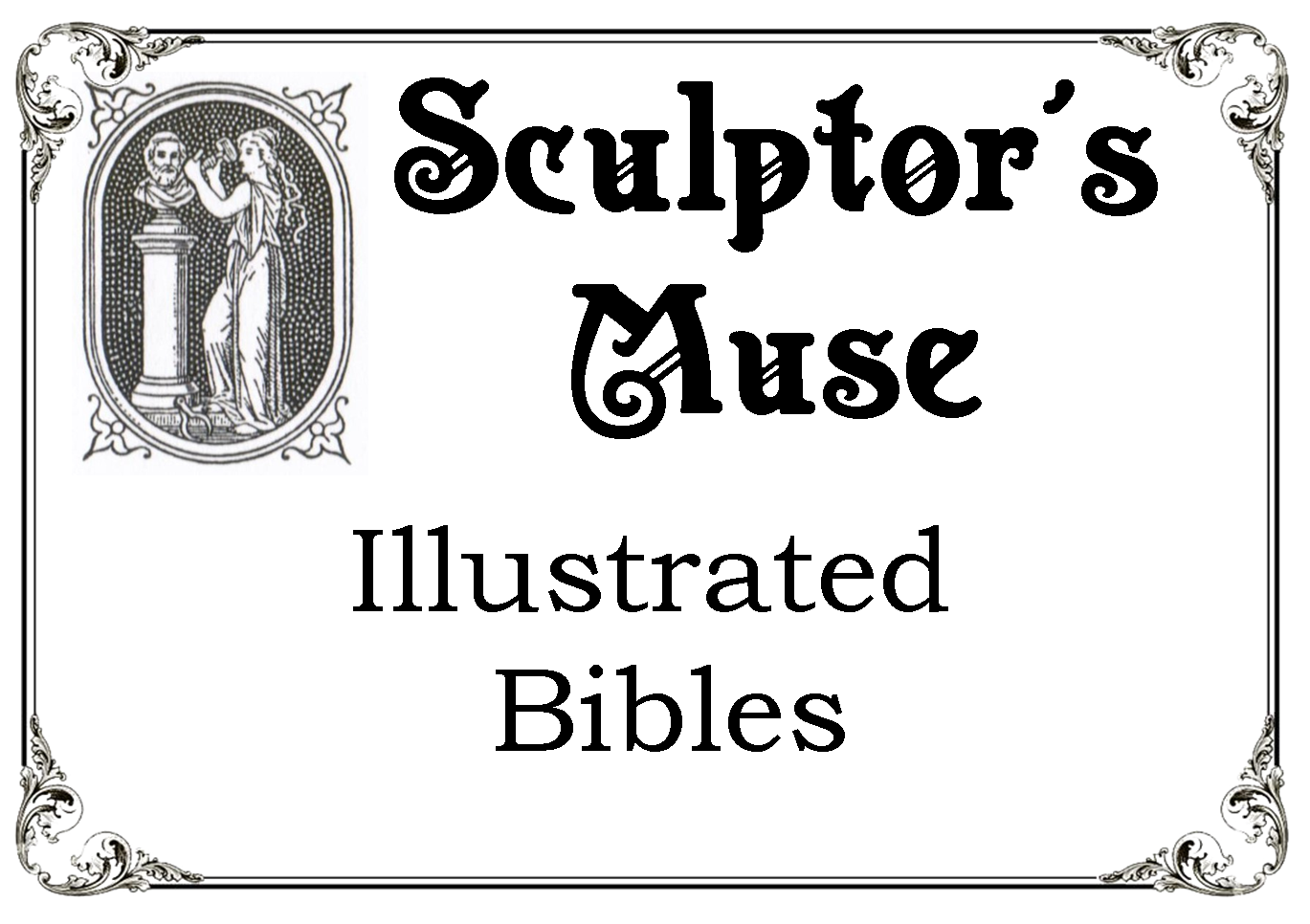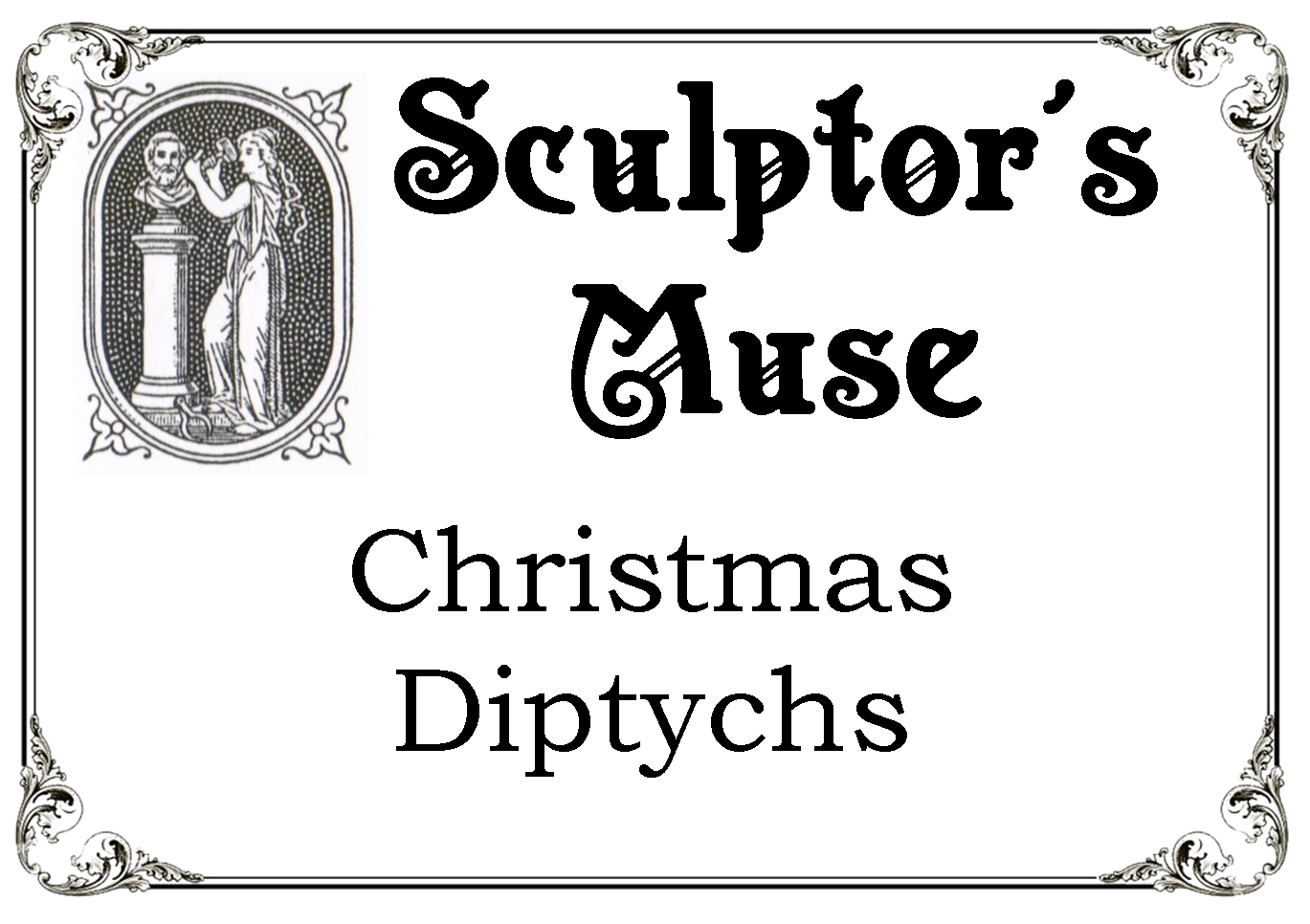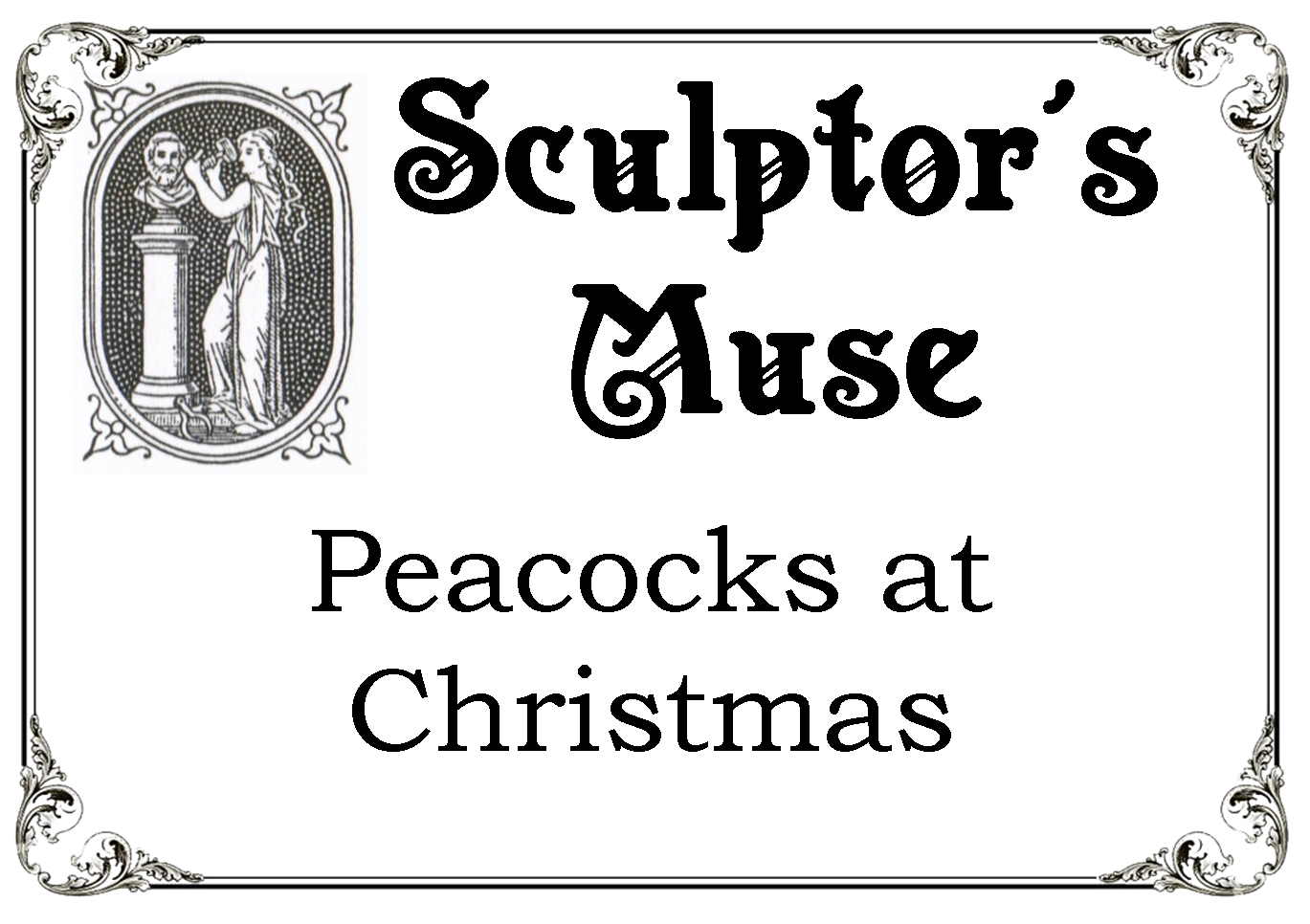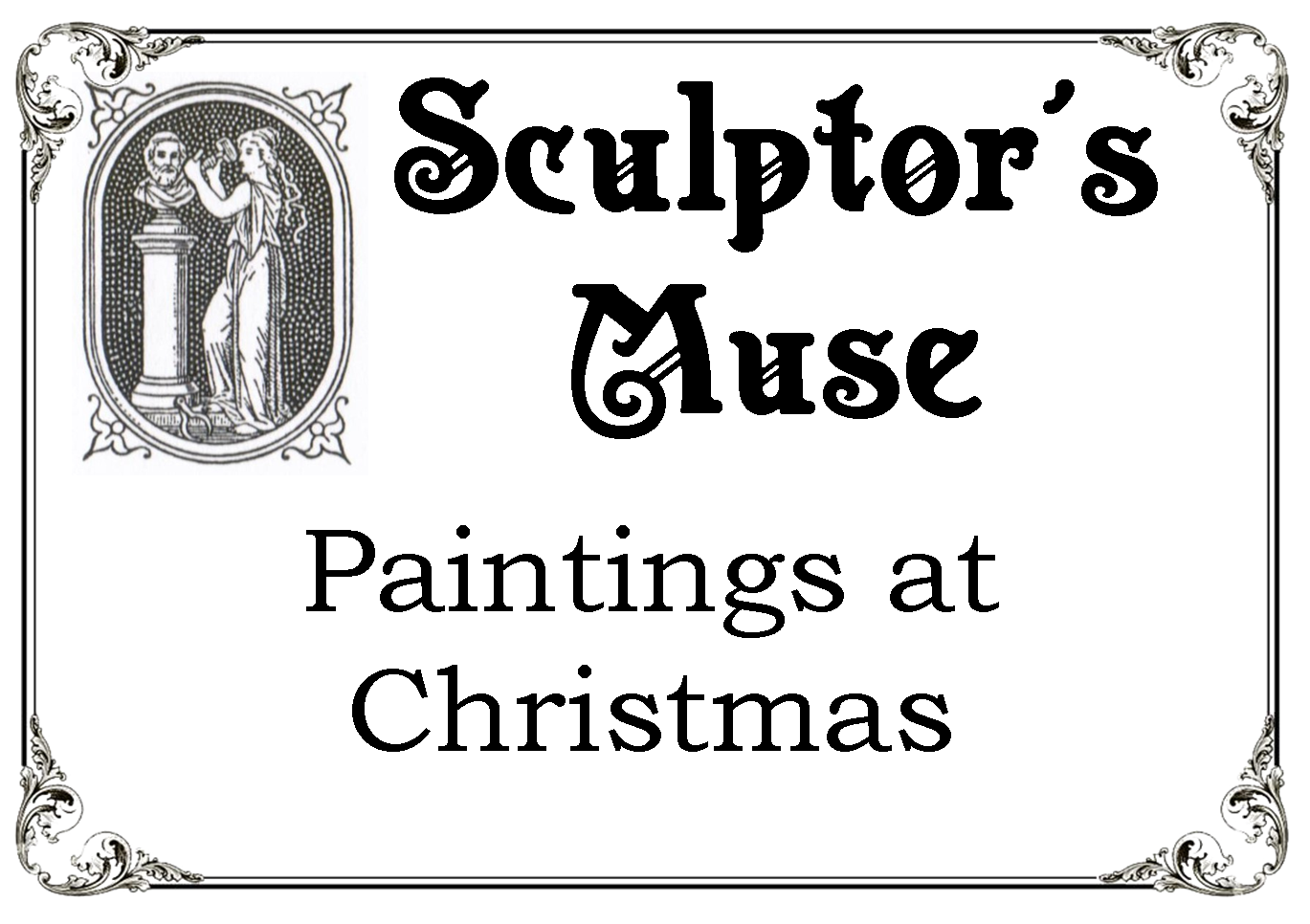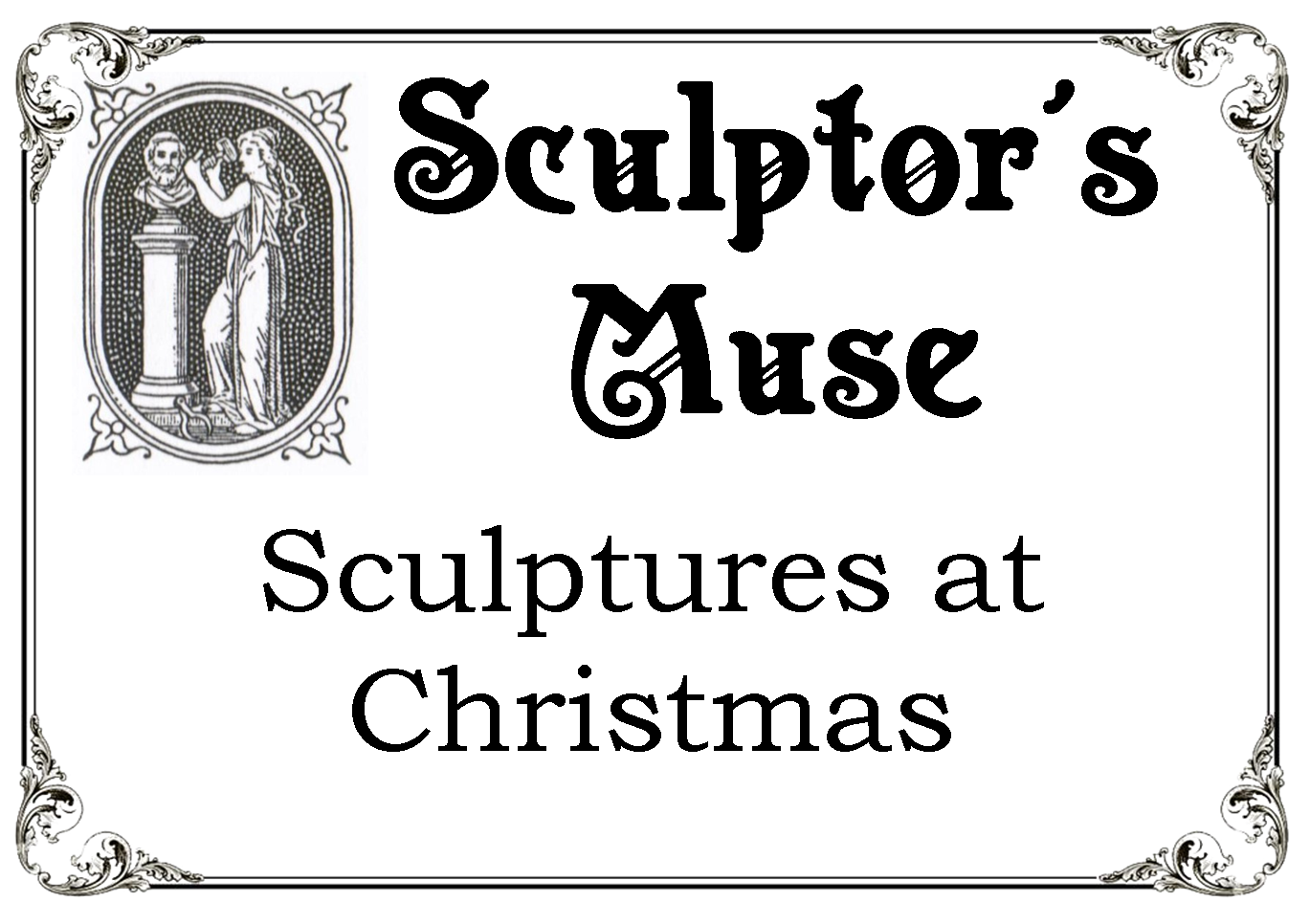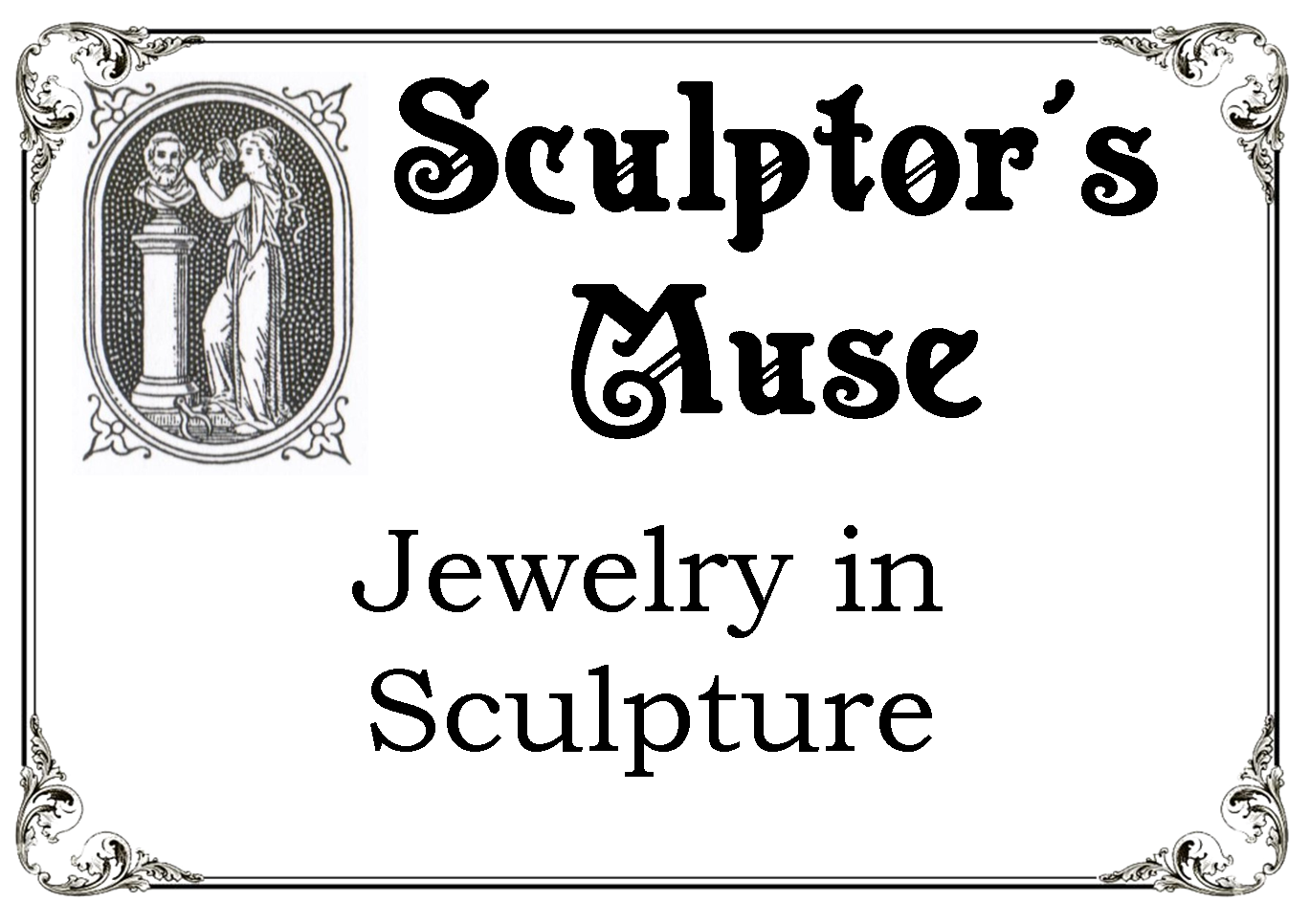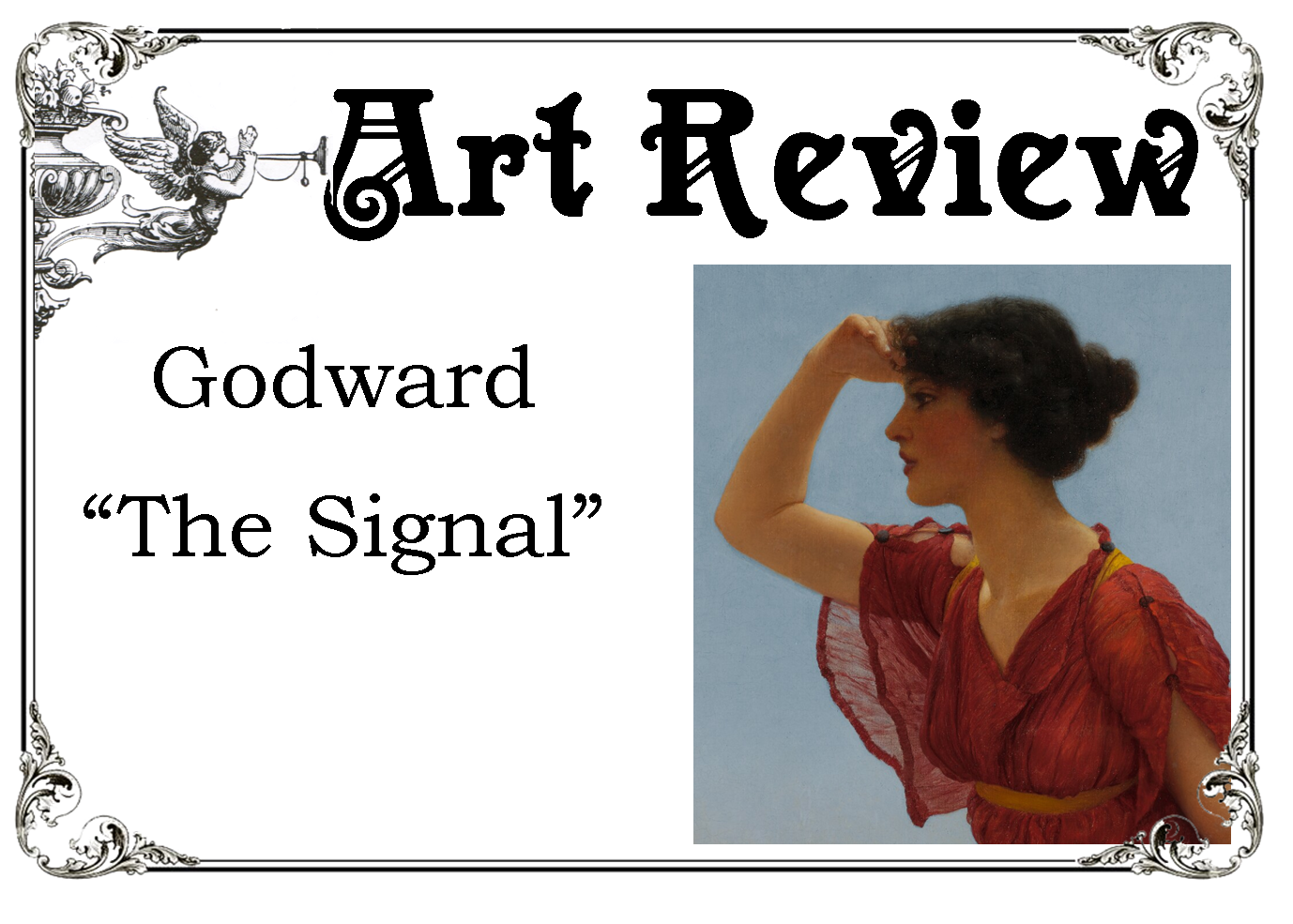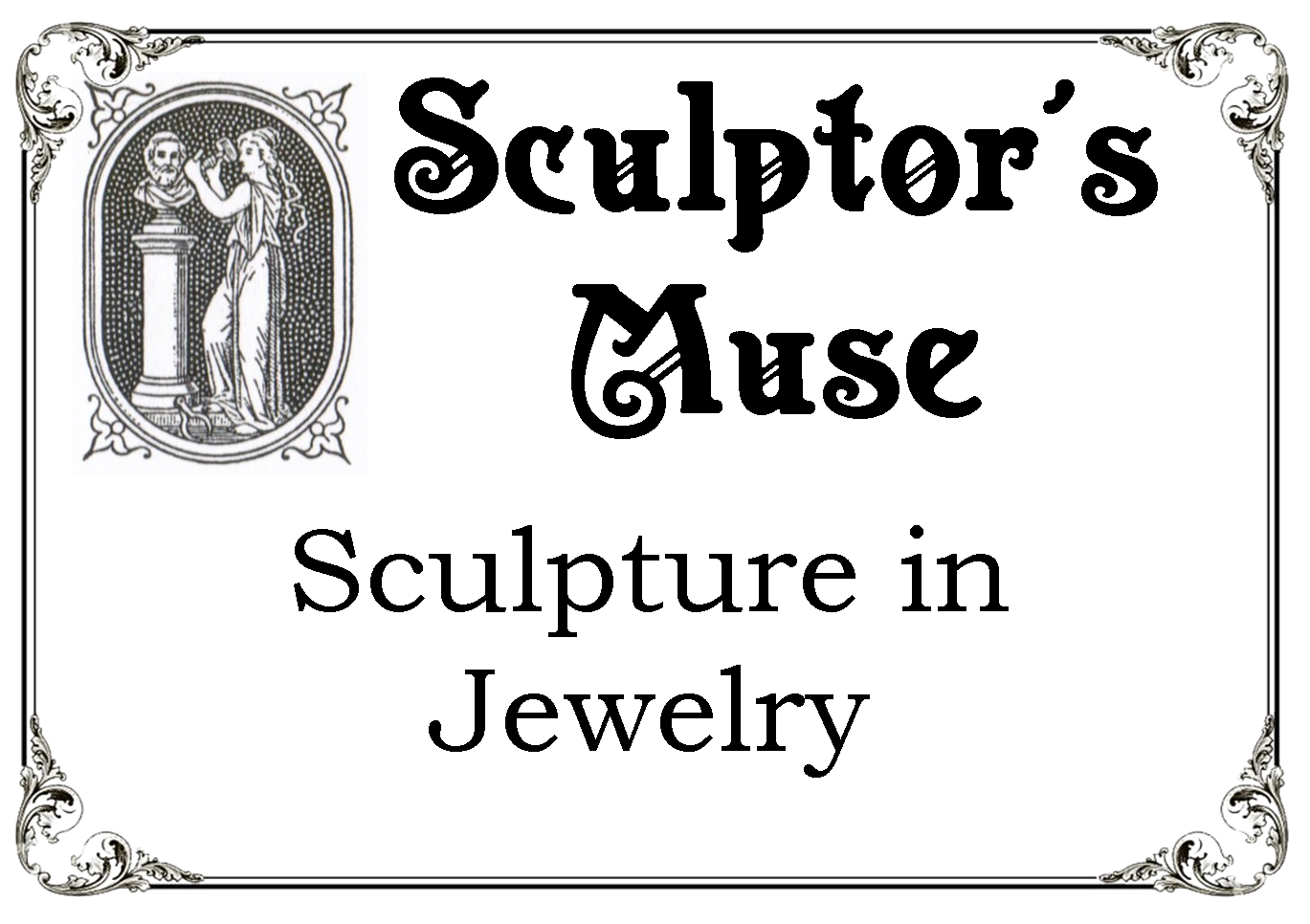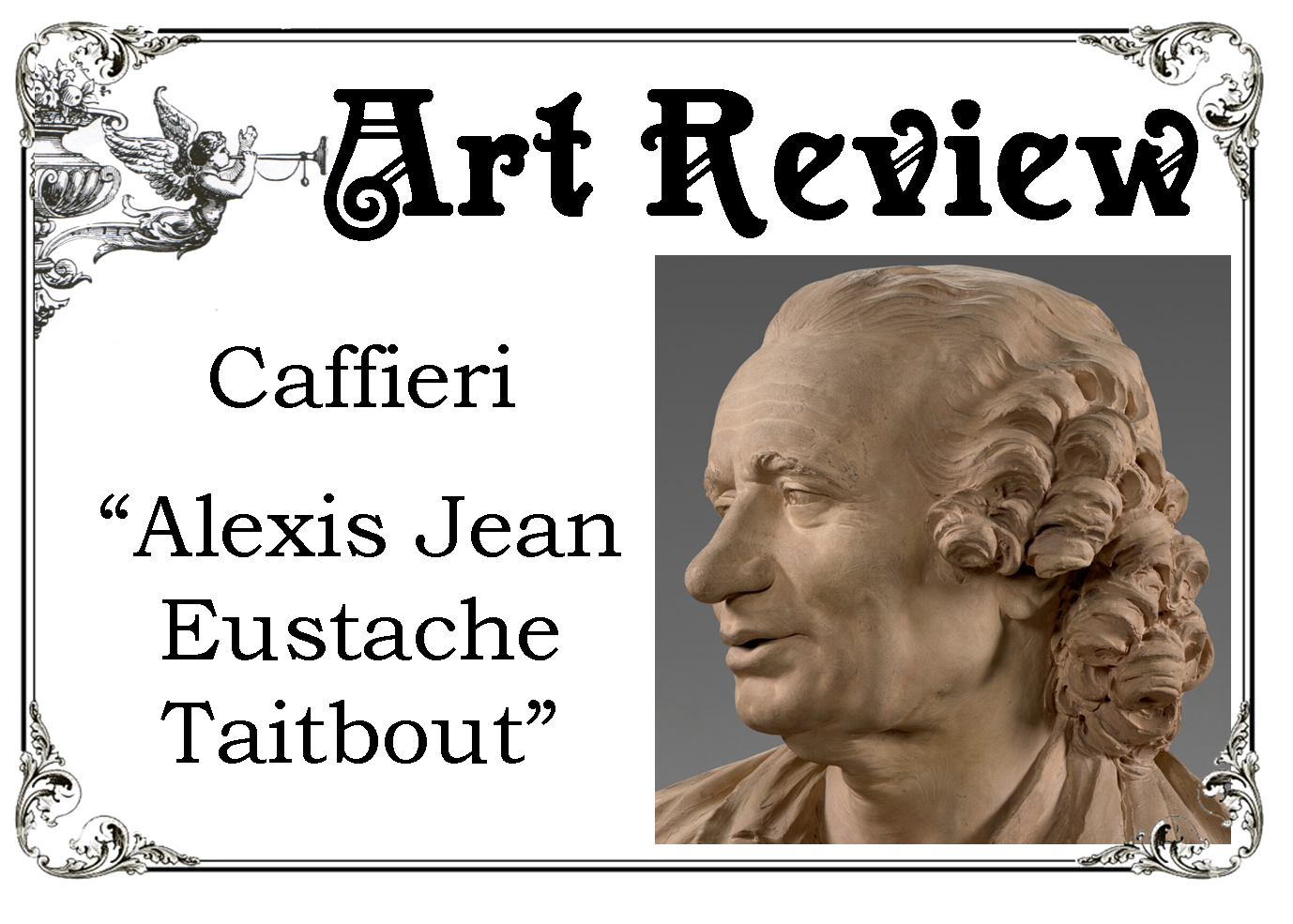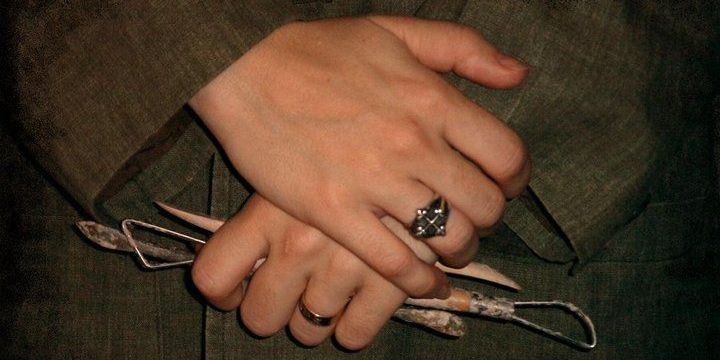
Sculptor's Muse: Masked Monument
Evidently my monument of Gen. Kosciuszko made the cover of a medical journal - looking dashing in a Covid19 mask and "doing his part". This past week I received two magazine journals in the mail from two different friends of mine who are both doctors. Dr. Stanley Hartness, who commissioned the monument, sent me one copy, while Dr. Beverly McMillan, who delivered three of my four children, sent the other copy. Though a picture can 'speak a thousand words', the inset write up about the front cover speaks volumes about the current times regarding Covid19, rioting & destruction of monuments and the history of Gen. Kosciuszko who fought for the freedom of all men. A great acknowledgement to Dr. Hartness and the Journal of the Mississippi State Medical Association. I've included the write up below:
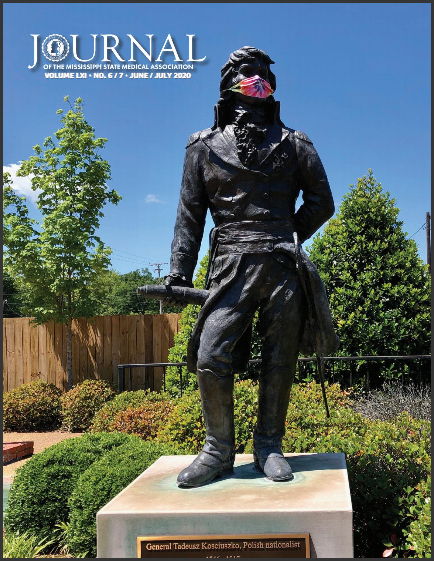
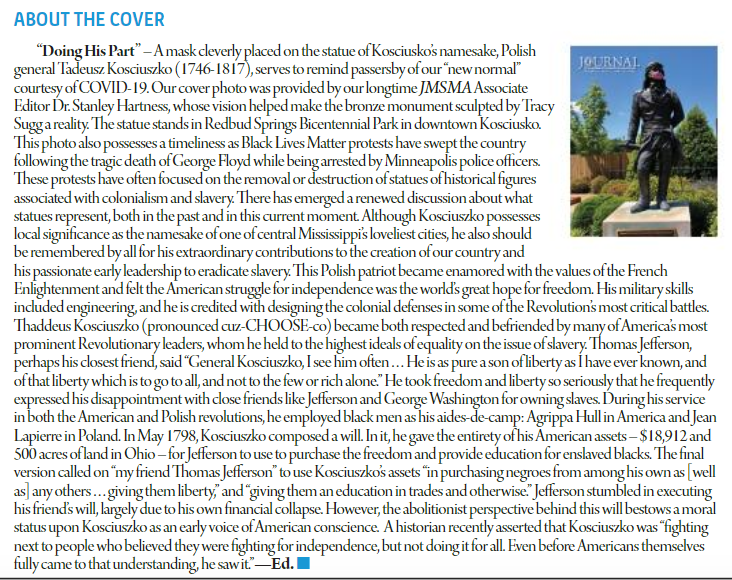
About The Cover "Doing His Part" - A mask cleverly placed on the statue of Kosciuszko's namesake, Polish General Tadeusz Kosciuszko (1746-1817), serves to remind passersby of our "new normal" courtesy of COVID-19. Our cover photo was provided by our longtime JMSMSA Associate Editor Dr. Stanley Hartness, whose vision helped make the bronze monument sculpted by Tracy H Sugg a reality. The statue stands in Redbud Springs Bicentennial Park in downtown Kosciusko. This photo also possesses a timelessness as Black Lives Matter protests have swept the country following the tragic death of George Floyd while being arrested by Minneapolis police officers. These protests have often focused on the removal or destruction of statues of historical figures associated with colonialism and slavery. There has emerged a renewed discussion about what states represent, both in the past and in this current moment. Although Kosciuszko possesses local significance as the namesake of one of central Mississippi's loveliest cities, he also should be remembered by all for his extraordinary contributions to the creation of our country and his passionate early leadership to eradicate slavery. This Polish patriot became enamored with the values of the French Enlightenment and felt the American struggle for independence was the world's great hope for freedom. His military skills included engineering, and he is credited with designing the colonial defenses in some of the Revolution's most critical battles. Thaddeus Kosciuszko (pronounced cuz-CHOOSE-co) became both respected and befriended by many of America's most prominent Revolutionary leaders, whom he held to the highest ideals of equality on the issue of slavery. Thomas Jefferson, perhaps his closest friend, said, "General Kosciuszko, I see him often...He is as pure a son of liberty as I have ever known, and of that liberty which is to go to all, and not to the few or rich alone." He took that freedom and liberty so seriously that he frequently expressed his disappointment with close friends like Jefferson and George Washington for owning slaves. During his service in both the American and Polish revolutions, he employed black men as his aides-de-camp: Agrippa Hull in America and Jean Lapierre in Poland. In May 1798, Kosciuszko composed a will. In it, he gave the entirety of his American assets - $18,912 and 500 acres of land in Ohio - for Jefferson to use to purchase the freedom and provide education for enslaved blacks. The final version called on "my friend Thomas Jefferson" to use Kosciuszko's assets "in purchasing negroes from among his own as [well as] any others... giving them liberty," and "giving them education in trades and otherwise." Jefferson stumbled in executing his friend's will, largely due to his own financial collapse. However, the abolitionist perspective behind this will bestows a moral status upon Kosciuszko as an early voice of American conscience. A historian recently asserted that Koscisuzko was "fighting next to people who believed they were fighting for independence,but not doing it for all. Even before Americans themselves fully came to that understanding, he saw it." - Ed.
To leave a comment you must be logged into Facebook on your device.




